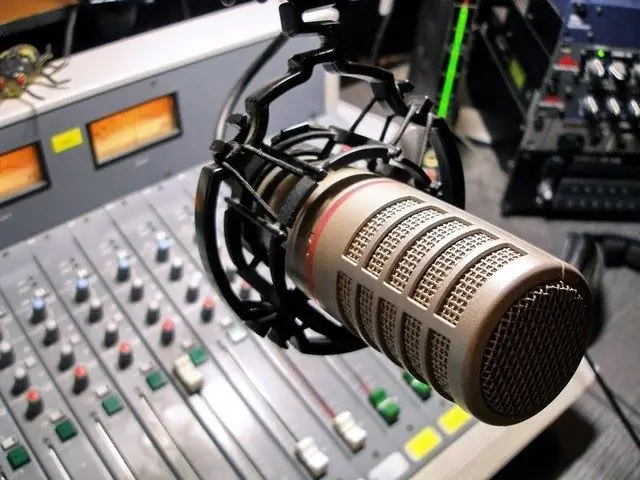Radio journalism is an interesting but difficult genre. Unlike television, where video sequences are used to attract the viewer, radio broadcasting presupposes greater semantic saturation and a certain degree of listeners' trust. A run-of-the-mill interview or boring series of programs retelling famous things is unlikely to attract many listeners to radio receivers.

Instructions
Step 1
Before creating a radio show, think over its concept, determine what its target audience will be, and, depending on this, decide how the material will be presented. You can use a fictional character interviewer or storyteller. Give him charisma and characteristic intonations, by which he will be easily guessed by the audience. Such charisma can be possessed even by a presenter capable of creativity. And it doesn't matter which genre you choose, because even the materials of the academic cycle of programs can be presented sharply and unexpectedly.
Step 2
The person who hosts the program should remain himself throughout its entire duration and not try to present himself in a more favorable light. A little self-irony will not hurt him, but falsity and insincerity will be immediately noticeable. Sitting at the microphone, imagine a specific person listening to you, and speak to him, not to a faceless audience. Try to make it interesting for him.
Step 3
Serve information energetically, "with a twinkle." If you are active and positive, you will be able to “ignite” the listeners. Feel free to gesture in the studio, it will help your voice and intonation sound more natural. Use provocative questions to "shake up" the interlocutor. Do not interrupt the interviewee where he says something interesting, listen to him carefully, know how to pause. Such a deliberate "hitch" at the end of a speech can force your interlocutor to continue and say something unexpected.
Step 4
Take a few lessons from theatrical speech-teachers, "put" your voice. Speak in a slightly lowered tone in front of the microphone and do not raise the tone at the end of the phrase. Psychologists say that it is the low timbre of the voice that bewitches, inspires confidence in the audience.
Step 5
Master dedicated software such as Sound Forge or Cool Edit Pro audio editors. Learn to edit programs, cut and swap their fragments, cut out reservations, extraneous noises, add additional sound or music. Keep in mind that speech must remain alive, and excessive "cleaning" can deprive it of its naturalness and sincerity.






